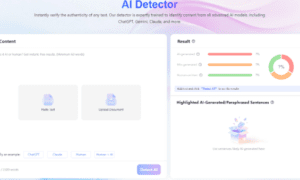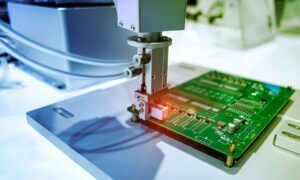In today’s fast-paced world—whether you’re building machines, designing software, or hiring the right people—success often comes down to one thing: best fit alignment. But what does that really mean, and why is it so important? Let’s break it down in simple, practical terms.
What Is Best Fit Alignment?
At its core, best fit alignment refers to the process of ensuring that different parts of a system—whether those parts are people, tools, components, or strategies—work together in harmony. The goal isn’t perfection, but optimal compatibility. It’s about finding the right match that delivers efficiency, performance, and balance.
Imagine assembling furniture. If the holes and screws don’t line up, the structure wobbles. That’s a misalignment. Now apply that logic to a company, a machine, or even a team: if things aren’t aligned properly, everything suffers.
Why Best Fit Alignment Matters
Misalignment—no matter how small—can lead to big problems. It causes delays, errors, friction, and wasted resources. On the other hand, when systems, people, and processes are aligned correctly, performance improves, decisions are easier, and goals are met faster.
Let’s consider a few examples:
- In human resources, best fit alignment helps companies place the right employees in roles where they can thrive.
- In manufacturing, aligned components lead to smoother assembly and higher product quality.
- In data science, algorithms perform better when models are aligned with the right datasets.
In short, best fit alignment is not just a technical requirement—it’s a strategic advantage.
Key Elements of Best Fit Alignment
So, how do you achieve best fit alignment? It’s not guesswork. It involves:
- Clarity: Understanding the purpose and requirements of each part of the system.
- Compatibility: Matching skills, tools, or components that naturally work well together.
- Adaptability: Adjusting as needed to maintain alignment over time.
- Feedback loops: Using data and insights to check whether everything is still aligned.
Think of it as tuning a musical instrument. If one string is off, the whole sound changes. Alignment is about making sure all the pieces are “in tune.”
Challenges You Might Face
No system is perfect, and alignment comes with its own set of challenges:
- Changing environments: What fits today might not work tomorrow.
- Limited resources: You can’t always get the perfect match, so compromises are necessary.
- Complex systems: More moving parts mean more chances for misalignment.
But these challenges aren’t roadblocks. They’re reminders that alignment is an ongoing process, not a one-time fix.
Practical Tips to Improve Best Fit Alignment
Whether you’re managing a team, building a product, or running a business, here are some real-world tips:
- Set clear goals – Know what “fit” means in your specific context.
- Use the right tools – Technology can help with measuring and adjusting alignment.
- Get feedback often – Don’t assume things are aligned; check regularly.
- Stay flexible – Be ready to realign when things shift.
- Communicate openly – Alignment often breaks down due to poor communication.
Final Thoughts
Best fit alignment isn’t just a buzzword—it’s a powerful concept that can dramatically improve performance in any system or organization. Whether you’re aligning people, parts, or plans, the goal is always the same: create a setup where everything works better together.
By focusing on clarity, compatibility, and adaptability, you can build systems that not only function smoothly but also grow stronger over time.

































